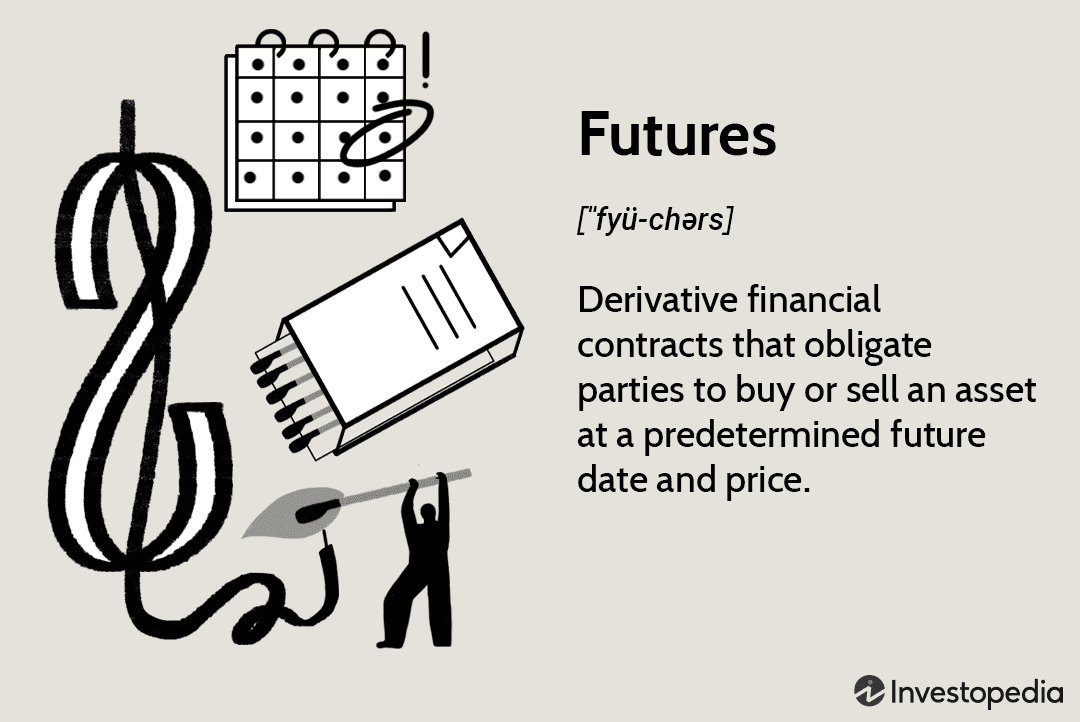
Alert securities are a way to keep an eye on stock prices. These systems send you notifications when a stock or ETF goes up or down by a certain percentage. They can place the stock's movements in context and recognize patterns that follow certain events. Here are some examples of common alerts. These systems can save you a lot of time and energy.
Alerts can be set off by non-malicious, normal actions
An Alert is when a security alarm detects abnormal activity. It's a sign that a security issue is being investigated. An Alert is typically triggered by a security system detecting a threat actor's possible malicious attack. When an Alert is triggered, it is triaged, and the appropriate action is taken to stop the attack or de-escalate it to an Incident or False Positive.
Analyzing alerts involves linking an event to a preset alarm rule. Alarms are generated by programmatic correlation logic and then investigated to determine if it is a False Negative or an Incident. In some cases, incidents are resolved through a formal Incident Response Process. An alert can also be enhanced with queries against historical data or additional event sources in a Data Lake.

Alert levels
The Securities and Exchange Commission, (SEC), has published several Investor Alerts that help investors to determine when to buy and sell securities. Alerts are issued according to recent trends and events. The newest investor alert focuses on digital currency. This alert warns about the significant risks involved in speculative Bitcoin trades.
Investors have the option to set up alerts that will notify them when a stock, ETF or other investment moves by a particular percentage. This will help investors spot big market movements, place them in context, recognize patterns, and identify them after certain events.
Alert types
There are two basic types of alerts for securities. First, a basic alert uses one variable. The second type relies on an intermediate criterion, which is based upon a change in a predetermined number. Both types are similar in that they are designed to notify you if the price of a security rises or falls.
Alerts can be set up for specific prices. You can, for example, set up alerts to alert you when a specific stock or ETF goes up or fall by a certain percentage. These alerts can be useful as they allow you to recognize large moves and place the price in context. You can also use them to help identify patterns following certain events.

Alert levels graphs
It is difficult to develop alert levels and it requires collaboration from many stakeholders. The system must reflect sound public health principles and allow for the incorporation of new evidence as the risk level increases. Alert levels must be easily understood and communication via social media or mass media must be swift and accessible.
The level of volatility and risk are the main criteria used to determine alert levels. These indicators must be considered within the context of other data. The indicators must be quantifiable. Additionally, the user should be allowed to modify the thresholds. But, security does not allow for the automatic adjustment of the thresholds or the level at which the risk is. In addition, it is important to leave room for change if the user will be switching to a new security frequently.
Alert user name
There are many options for customizing the email address and user name in your Alert. For example, an Alert can be used to associate a user’s email with their telephone number. You can also configure the alerts they will receive on different types of devices. You can, for instance, choose to have alerts sent from both an email account or a mobile device.
FAQ
Are bonds tradable?
Yes, they do! They can be traded on the same exchanges as shares. They have been doing so for many decades.
The difference between them is the fact that you cannot buy a bonds directly from the issuer. A broker must buy them for you.
Because there are less intermediaries, buying bonds is easier. This means you need to find someone willing and able to buy your bonds.
There are many types of bonds. Different bonds pay different interest rates.
Some pay quarterly interest, while others pay annual interest. These differences allow bonds to be easily compared.
Bonds are a great way to invest money. Savings accounts earn 0.75 percent interest each year, for example. If you were to invest the same amount in a 10-year Government Bond, you would get 12.5% interest every year.
If you put all these investments into one portfolio, then your total return over ten-years would be higher using bond investment.
What is security in the stock market?
Security can be described as an asset that generates income. The most common type of security is shares in companies.
A company may issue different types of securities such as bonds, preferred stocks, and common stocks.
The value of a share depends on the earnings per share (EPS) and dividends the company pays.
A share is a piece of the business that you own and you have a claim to future profits. If the company pays you a dividend, it will pay you money.
Your shares can be sold at any time.
How are securities traded?
Stock market: Investors buy shares of companies to make money. To raise capital, companies issue shares and then sell them to investors. Investors then sell these shares back to the company when they decide to profit from owning the company's assets.
Supply and Demand determine the price at which stocks trade in open market. The price of stocks goes up if there are less buyers than sellers. Conversely, if there are more sellers than buyers, prices will fall.
Stocks can be traded in two ways.
-
Directly from company
-
Through a broker
Statistics
- For instance, an individual or entity that owns 100,000 shares of a company with one million outstanding shares would have a 10% ownership stake. (investopedia.com)
- US resident who opens a new IBKR Pro individual or joint account receives a 0.25% rate reduction on margin loans. (nerdwallet.com)
- Individuals with very limited financial experience are either terrified by horror stories of average investors losing 50% of their portfolio value or are beguiled by "hot tips" that bear the promise of huge rewards but seldom pay off. (investopedia.com)
- "If all of your money's in one stock, you could potentially lose 50% of it overnight," Moore says. (nerdwallet.com)
External Links
How To
How to make a trading plan
A trading plan helps you manage your money effectively. It helps you understand your financial situation and goals.
Before you start a trading strategy, think about what you are trying to accomplish. You may want to make more money, earn more interest, or save money. If you're saving money, you might decide to invest in shares or bonds. If you earn interest, you can put it in a savings account or get a house. You might also want to save money by going on vacation or buying yourself something nice.
Once you decide what you want to do, you'll need a starting point. It depends on where you live, and whether or not you have debts. It is also important to calculate how much you earn each week (or month). Your income is the net amount of money you make after paying taxes.
Next, you will need to have enough money saved to pay for your expenses. These include bills, rent, food, travel costs, and anything else you need to pay. These expenses add up to your monthly total.
Finally, figure out what amount you have left over at month's end. That's your net disposable income.
You now have all the information you need to make the most of your money.
You can download one from the internet to get started with a basic trading plan. Ask an investor to teach you how to create one.
Here's an example: This simple spreadsheet can be opened in Microsoft Excel.
This shows all your income and spending so far. It also includes your current bank balance as well as your investment portfolio.
Here's an additional example. This was created by an accountant.
It shows you how to calculate the amount of risk you can afford to take.
Don't attempt to predict the past. Instead, be focused on today's money management.